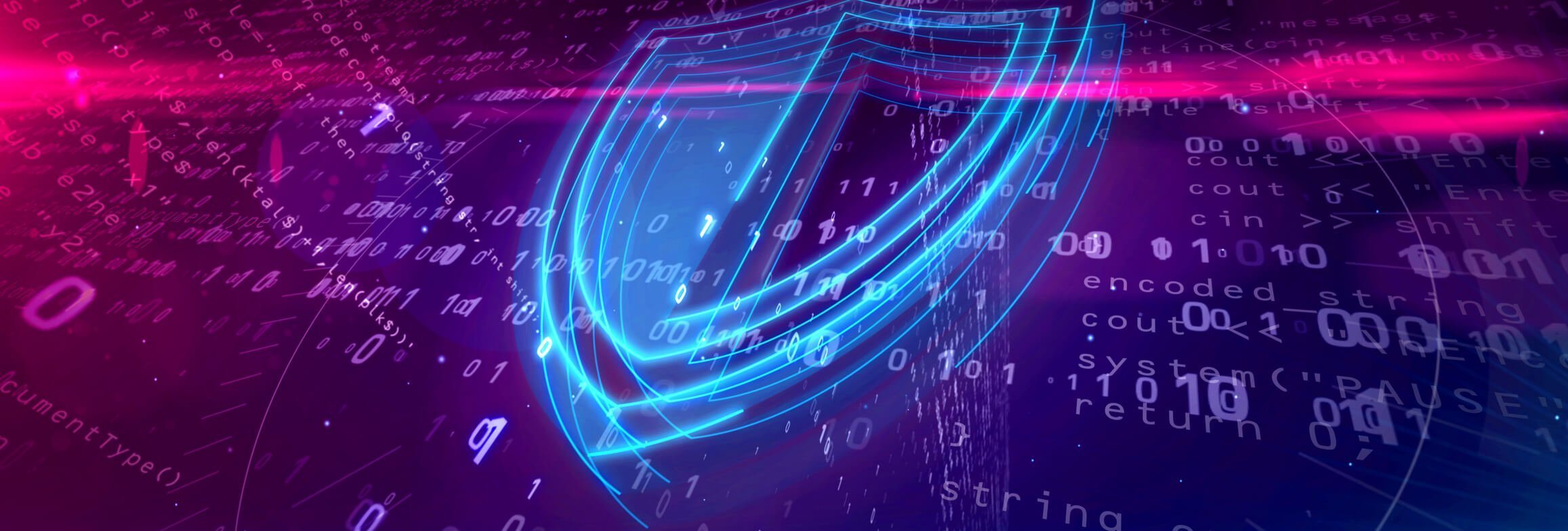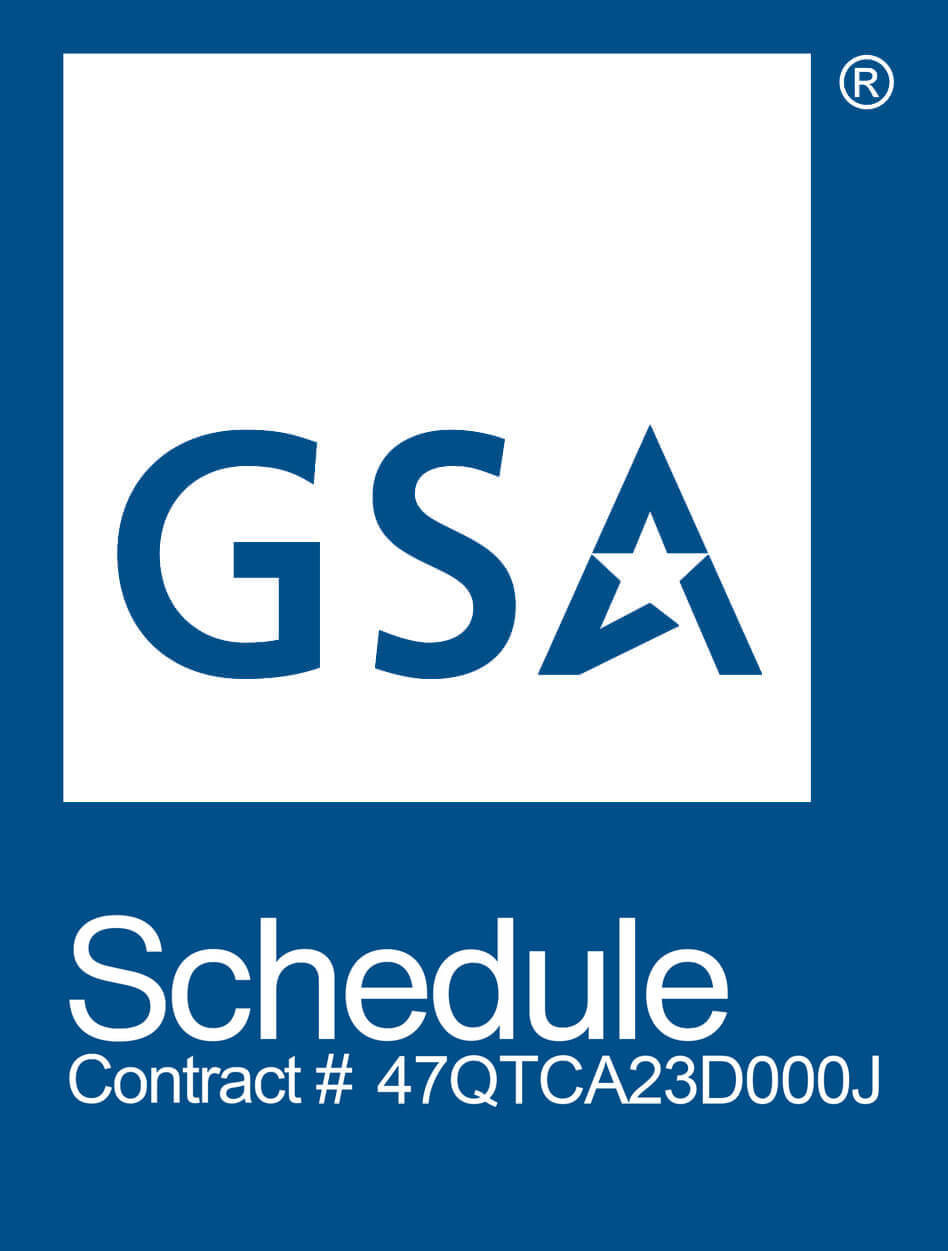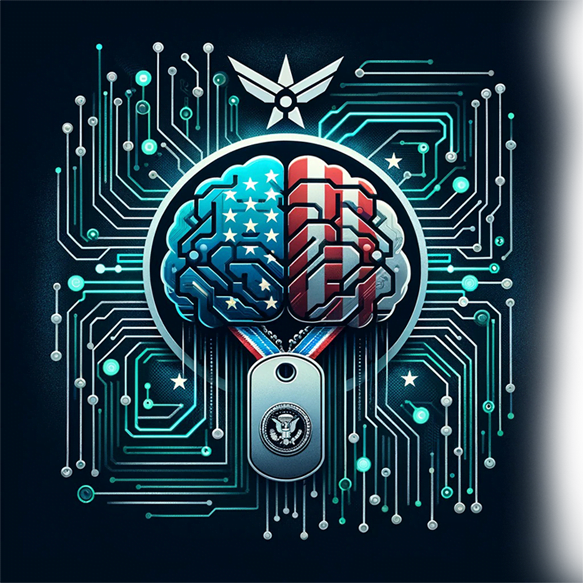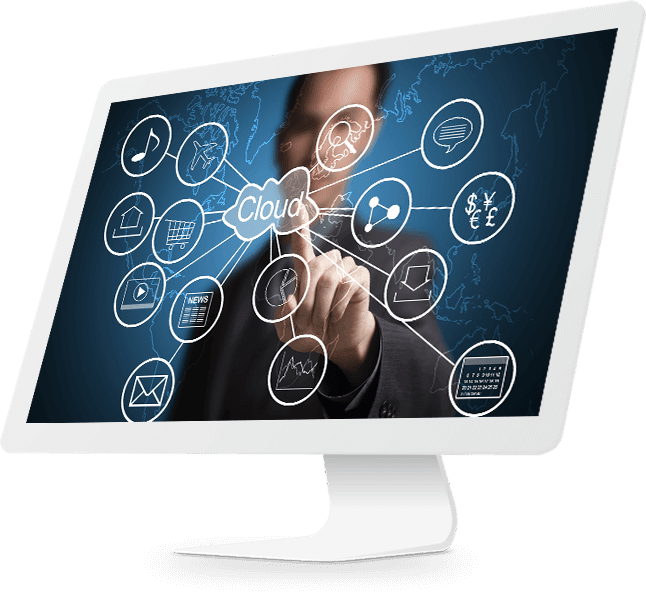
Best Practices for Securing Software in Constant Change
Nowadays, the security of IT is affected to the success of the business. Companies spend a huge amount on information security than before. If a company does not think about the security of software that they used, then they are at a risk. These days this is a huge problem. Because a large amount of data are stored in databases of their software. Then it can be affected to the financial income.
Open-source software is released under a license that is granted user right to use by the copyright holder. The code can be changed by the user. The open-source security approaches have secured the application. But the legacy software is unable to achieve today’s security best practices.
Security approach of legacy systems
A legacy system is an old software in computing and it is outdated. But it is still in use. Therefore it is vulnerable to new technology platforms. For that, there are some approaches to minimize security risks. We can limit user access to the system. The administrator should review and remove unwanted privileges to users in user accounts.
Network access to the legacy system can be limited by isolating it from the internet. And we need to secure endpoints of the legacy system by avoiding traffic from the communication channels and monitoring the network should be done. It will prevent exposure to an attack at the endpoint. Encryption should be implemented by using VPN. because there is no secure communication protocol within the system. If there is unsupported hardware, then a virtual machine can be migrated.
Hardening can be used to protect legacy systems. It helps to disable services that are unnecessary. For example, outdated 2000-2003 windows versions disable the SMB protocol. Most of the security packages are not in the legacy system environment and operating system. There is some reason to use legacy systems with these limitations. those are some companies does not aware of legacy systems and updating legacy systems is not easy.
Cloud Computing Technologies
Security approach of open source malleable software systems and how it is different than the legacy systems
Open-source software is up to date. But vulnerable code of the system can be attacked. There are open-source software security approaches that enable secure applications. Encryption is used as a security approach in open-source software. It is the foundation of cybersecurity. It is used in legacy systems as well. Software updates are delivered by open-source software. They are secure, check authentication and it is a secure method to ensure there are only trusted files.
But legacy systems are not up to date. There is an open-source policy control system that avoids the number of different languages and APIs used in a diverse environment. Another security approach is cloud-native runtime security. It alerts about abnormal behaviors of the application. It ensures the running application is not tempered. It works among multiple clouds. We can perform security system analysis that ensures there are no security threats.
Public threats can be checked and by using static analysis we can secure open-source software. In legacy systems, we can use encryption methods to avoid security vulnerabilities. Basically, open-source software is released patches and fixes code threats to software by releasing a new version of the software. But in legacy software, there is no regular maintenance. In the legacy system, we need to secure the software by using existing technology. Because it is not up-to-date software and hardware.

Transforming for Innovation, Sustainability and Security
Best practices for securing software in constant change
IT framework for change control processes
Adopting an IT framework ensures changing the IT industry in a secure manner. The malicious things that can be occurred during the changing process are avoided. Then it is approved and intended. It is the reduced time taken to detect breach and damage of the breach is minimized.
Use a hardening standard
There are hardening standards called CIS or NIST. It secures the system by reducing IT vulnerability and compromising the possibility. it protects the system configuration. A well knows hardening standard ensures the system is in a secure and compliant state at every time.
Patch the software
The most effective software security practice is patching the software day-to-day. If you do not know your software it can not keep updating. We can maintain an inventory with software components to stay on top of patches. It should create in manually. but there is an automatic tool called the software composition analysis tool. It is highlighted licensing risks.
Transforming for Innovation and Sustainability securing future competitive advantage
Educate and train users
Users should be trained for constant changes. Using phishing simulations, employees can be trained.
Understand the technology of software
When deploying the software, the introduction, and infrastructure to the software should be known. Then environmental security of software getting strong. It is verified the feasibility of implementation.
Document the security policies
Software security policies should be documented by maintaining a knowledge repository. It allows understanding the performance of employees.
Secure the SDLC
In the software development life cycle, it is good to have software security activities within the cycle. It is getting fast and cheap by fixing vulnerabilities early.
Secure the SDLC
In the software development life cycle, it is good to have software security activities within the cycle. It is getting fast and cheap by fixing vulnerabilities early.
Segment the network
System attacks can be prevented by segmenting the network. It has fewer privileges. Using security controls limits traffic to the data.
Measure the security
We can define security matrices related to the organization. By using them we can assess the security.
Monitor the user
By monitoring the user, we can ensure that organization follows the best practices. When an unauthorized user entered the system, we can identify that person.
Open-source software has very different software security approaches compared to legacy software. Because legacy software is old software with old technologies but still in use. There are foundational approaches to secure the software. Not only foundational approaches but also more novel approaches are used in open-source software. It is a perfectly working software with new technologies. Both systems are used Encryption as a foundational approach. But other approaches differ with respect to the technology. Therefore legacy systems are at a high-security risk. Contact us for assistance with securing software in constant change.
Generative AI Software Integration
Boost your business efficiency with our custom Generative AI Business Software, tailored for HR, finance, sales, event management, and customer service. Leveraging advanced natural language processing and AI-driven data science, we specialize in customer segmentation, sales analysis, and lead scoring. Elevate your operations and gain a competitive advantage with our precision-driven AI solutions. Contact us to integrate AI seamlessly into your key systems and transform your business.
What clients say about Cloud Computing Technologies
★★★★★ Rated 5 out of 5
"CCT's diverse skills and expertise has reduced our technical debt by millions of dollars to which we have reinvested into future capabilities."

Mrs. Hanson
★★★★★ Rated 5 out of 5
"With CCT migrating our critical systems into the AWS, 80% our staff is now remote working."

Mrs. Miller
★★★★★ Rated 5 out of 5
"CCT showed us how to meeting regulatory compliance in AWS Landing Zone and greatly improved our cloud security controls."

Mrs. Wilson
★★★★★ Rated 5 out of 5
"CCT provided our agency with application rationalization services and successfuly applicaton migrations meeting all KPIs and SLAs."

Federal Agency
★★★★★ Rated 5 out of 5
"I highly recommend the data science team at CCT. They are technically proficient, great communicators, unbiased, and reduced our false positives by 68%."

Mr. Brown
★★★★★ Rated 5 out of 5
"The team at CCT is knowledgable and insightful in developing a cloud architecture leading to our mission success."

Mr. Robinson
Experience and Agile Expertise
you can trust
Years in business
20
Contracts Awarded
180
+
Further information about securing software in constant change and aws healthcare solutions.
Frequently Asked Questions
In today’s fast-paced digital environment, software is continuously evolving to meet new demands, fix bugs, and integrate new features. This constant change, though necessary for progress and competitiveness, introduces new vulnerabilities and security challenges. Ensuring robust security measures are in place is crucial to protect your data, maintain user trust, and comply with regulatory requirements.
The key to managing security in software that’s always changing is adopting a proactive and dynamic approach. This includes regular security audits, implementing a robust DevSecOps culture where security is integrated into the development process, staying updated with the latest security threats, and educating your team on the importance of security. Additionally, implementing automated security tools can help identify potential vulnerabilities early in the development cycle.
Automated testing plays a crucial role in enhancing software security by systematically scanning the code for vulnerabilities that could be exploited by cyber attackers. By incorporating automated security testing tools into your development process, you can identify and address security issues more efficiently and consistently, reducing the risk of human error.
Continuous monitoring is vital for detecting unusual activity or potential security breaches in real-time. It enables you to respond swiftly to mitigate threats before they can cause significant damage. Implementing a continuous monitoring strategy ensures that you have a clear insight into the security posture of your software at all times, enabling proactive management of potential vulnerabilities.
To maintain compliance with data protection regulations amid constant software changes, it’s essential to incorporate regulatory requirements into your development and security processes from the start. Regular compliance audits, data protection impact assessments, and aligning your security practices with global standards can help ensure that your software remains compliant even as it evolves.
Fostering a culture of security within your development team involves educating and training your team on the latest security best practices and the importance of security in their daily work. Encourage open communication about security issues, recognize and reward secure development practices, and ensure that security is seen as a shared responsibility across the team. Providing your team with the tools and resources they need to prioritize security will further support this culture.







